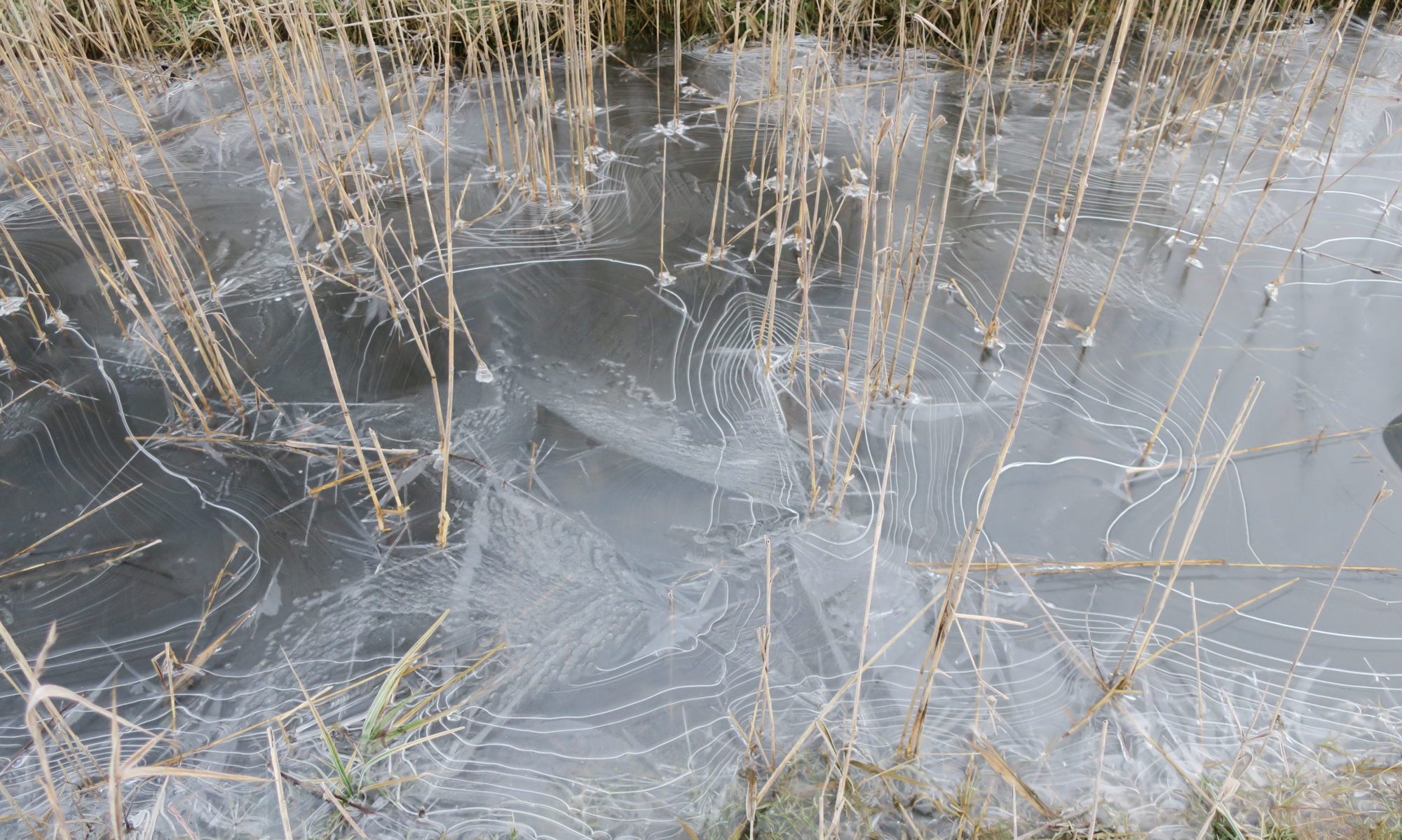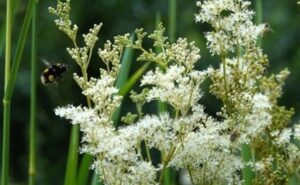McCarthy and Stone have put forward revised plans. They include 32 bungalows, 18 apartments, a resident’s pavilion, and an area of Public Open Space, along with new pedestrian links from Bluebell Road to the Yare Valley Walk.
You can view the plans and submit your own comments at https://planning.norwich.gov.uk, under reference 19/00911/F. Comment should be submitted by Thursday 6th August.
In terms of general layout and how it might impact on the Yare Valley, a starting point is the document Revised Landscaping details dated July 16 2020. A Management Plan states: “To the south western edge of the scheme, areas of woodland copse with standard trees set in wildflower meadow are proposed as part of the Open Space proposals which lie to the west of the development. These form part of a transitional landscape between the proposed built development and the valley of the River Yare. Informal groups of parkland trees within the open space allow a vista along the main vehicular route of the development and out across the open space to the river valley beyond. A metal estate rail is to form the boundary between the residential development and the open space beyond, with an edge of bulbs within grass.”
As with the earlier plans for this site the Yare Valley Society committee will submit its comment. The committee consider “A metal estate rail” with “an edge of bulbs within grass” to be totally inadequate to minimise the impact of the built development on the adjoining public space and the valley, and it is concerned about the failure to link the space with the existing footpath on the south east edge of the development.
A copy of the Yare Valley Society comments on this application are now available here.

